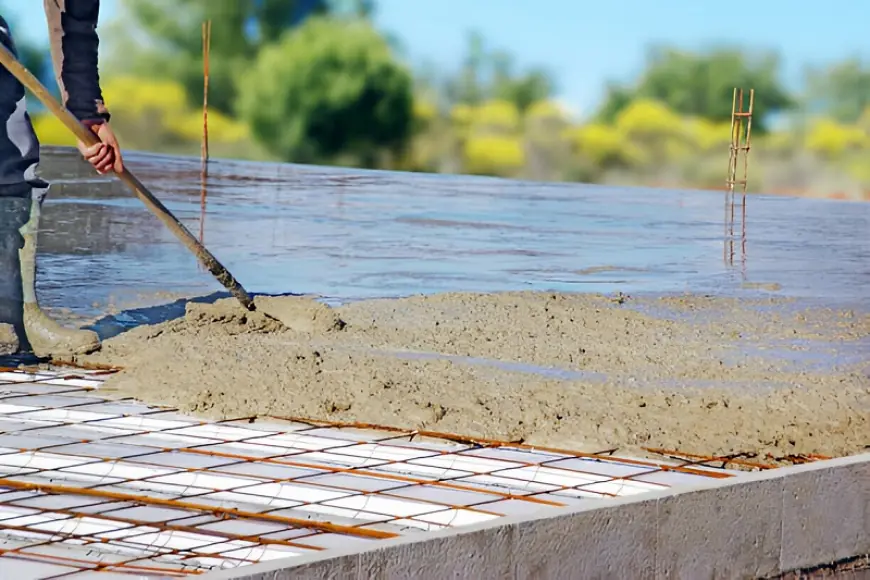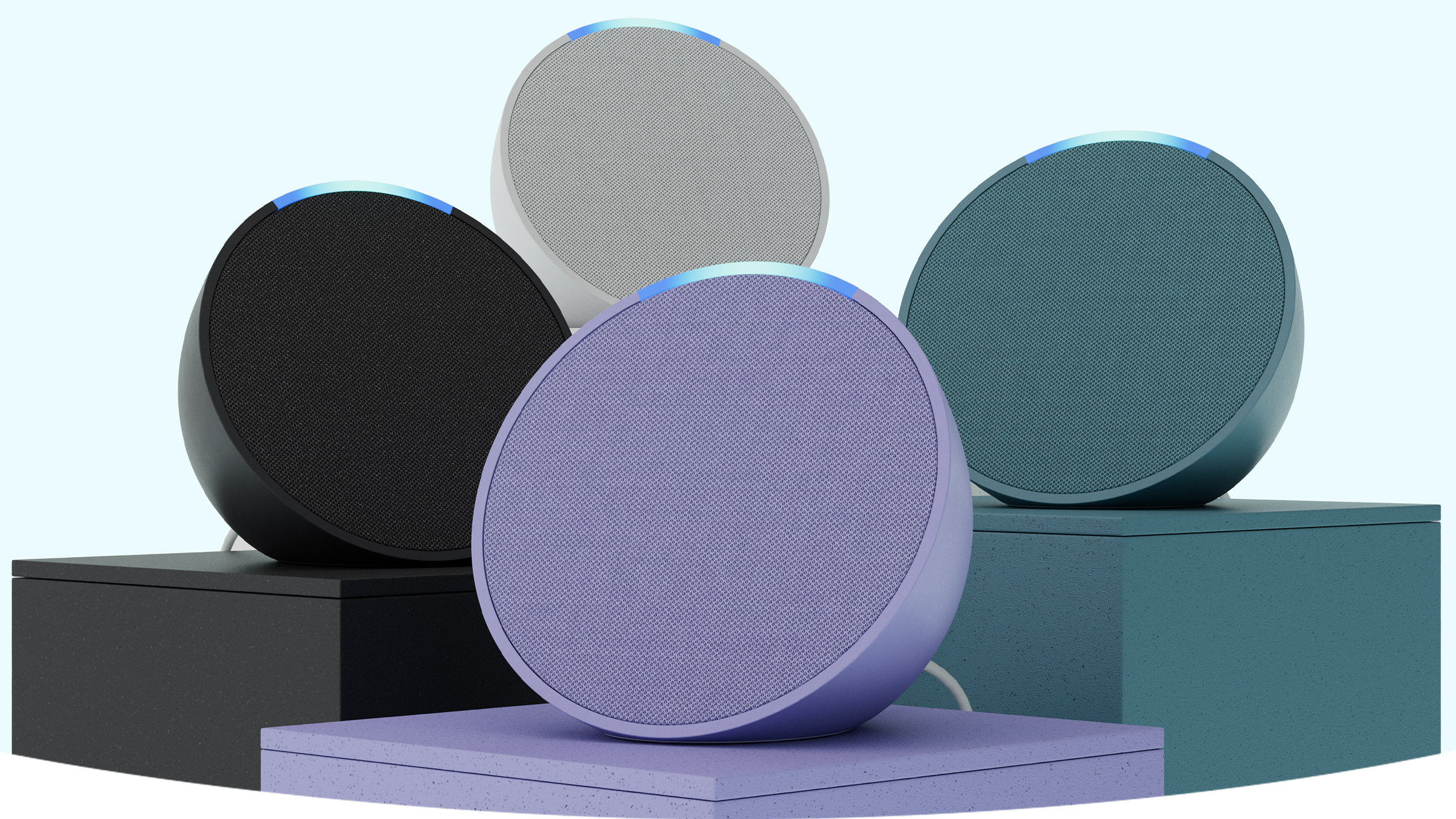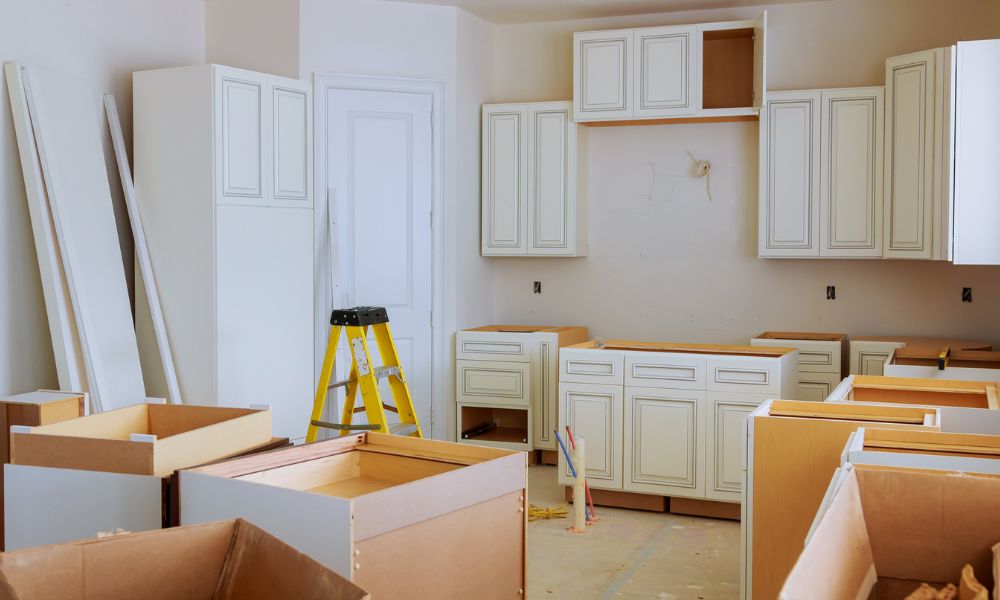Understanding the Various Uses of Concrete Slabs in Construction
Discover the essential roles of concrete slabs in construction. This guide covers their benefits, uses, and impact on modern architectural practices.

As we navigate through our bustling cities or serene suburbs, we rarely pause to think about the materials that make up our built environment. What holds up our chic coffee shops, reliable bridges, or cozy homes? Towering above us like silent behemoths, the concrete structures surrounding us are a testament to one vital component integral to their stability—concrete slabs. But what exactly are these slabs, and why are they so pivotal to construction? In this blog, let's unearth the secrets of the humble concrete slab, a game-changer in the architectural world.
Concrete slabs may not seem exciting at first glance—after all, they're essentially flat, thick pieces of concrete. Where is the drama in that, you might ask? However, their banality is deceptive. Often acting as heroes hidden in plain sight, concrete slabs are key players in the built world, supporting the impressive architectural wonders we marvel at. Let's get up close and personal with these unsung champions of architectural form and function.
The knowledge we can gain about this seemingly mundane, yet crucial construction material, is astonishing. From understanding the different types of concrete slabs and their application, to exploring why they've become so popular in today's infrastructure, this blog serves as a comprehensive guide to the world of concrete slabs. Join us as we delve into this fascinating topic.
Understanding Concrete Slabs and Their Importance
Concrete slabs are horizontal, flat structures made from a mixture of cement, water, aggregates, and sometimes reinforcement materials like steel. They serve as the foundation or flooring system for buildings, bridges, pavements, and more. Their importance lies in their ability to distribute weight evenly, provide a stable surface, and withstand heavy loads over time.
In Elsternwick, a suburb known for its mix of historic charm and modern development, concrete slabs are widely used in both residential and commercial projects. Whether it’s a new home construction or a renovation project, concrete slabs in Elsternwick are a popular choice due to their durability and adaptability to the local climate. Their ability to resist moisture and temperature fluctuations makes them ideal for the region’s variable weather conditions.
How Concrete Slabs Support Structures
Concrete slabs are the backbone of any structure. They provide a solid base upon which walls, roofs, and other elements are built. Without them, buildings would lack stability and longevity. In multi-story buildings, slabs act as both the floor for one level and the ceiling for the level below, showcasing their dual functionality.
In Elsternwick, concrete slabs are often used in the construction of modern townhouses and apartment complexes. These structures require robust foundations to support multiple floors, and concrete slabs deliver the necessary strength and stability. Additionally, they help reduce noise transmission between levels, making them ideal for densely populated urban areas.
Different Types of Concrete Slabs and Their Uses
There are several types of concrete slabs, each designed for specific purposes. Here are some of the most common:
- Flat Slabs: These are simple, flat structures without beams, making them ideal for large, open spaces like warehouses or commercial buildings.
- Waffle Slabs: Known for their grid-like appearance, waffle slabs are used in areas requiring heavy load-bearing capacity, such as parking garages.
- Hollow Core Slabs: These pre-cast slabs are lightweight and often used in multi-story buildings to reduce overall weight.
- Suspended Slabs: Elevated above the ground, these slabs are commonly used in bridges and high-rise buildings.
In Elsternwick, flat slabs are frequently used in residential projects, while waffle and suspended slabs are more common in commercial and industrial developments. The choice of slab type depends on the project’s requirements, budget, and design goals.
Pros and Cons: Assessing the Benefits and Drawbacks of Using Concrete Slabs
Like any construction material, concrete slabs come with their own set of advantages and disadvantages.
Pros:
- Durability: Concrete slabs can last for decades with minimal maintenance.
- Versatility: They can be used in a wide range of applications, from driveways to high-rise buildings.
- Fire Resistance: Concrete is non-combustible, making it a safe choice for fire-prone areas.
- Energy Efficiency: Concrete slabs can help regulate indoor temperatures, reducing heating and cooling costs.
Cons:
- Cost: Initial installation can be expensive, especially for specialized slabs.
- Cracking: Over time, concrete slabs may develop cracks due to settling or temperature changes.
- Weight: Concrete is heavy, which can pose challenges in certain construction scenarios.
In Elsternwick, the benefits of concrete slabs often outweigh the drawbacks, especially in projects where longevity and stability are priorities.
Case Studies of Innovative Concrete Slab Applications
Concrete slabs have been used in some of the most innovative architectural projects worldwide. For example, the Burj Khalifa in Dubai relies on reinforced concrete slabs to support its towering height. Closer to home, Elsternwick has seen its fair share of creative slab applications. One notable example is the use of polished concrete slabs in modern homes, combining functionality with aesthetic appeal.
Another innovative use is in sustainable construction. By incorporating recycled materials into the concrete mix, builders in Elsternwick are reducing the environmental impact of their projects while maintaining the strength and durability of traditional slabs.
How Concrete Slabs Are Changing the Game in Sustainable Construction
Sustainability is a growing concern in the construction industry, and concrete slabs are playing a key role in addressing this issue. Innovations such as green concrete, which uses eco-friendly materials, and the integration of solar panels into slabs are paving the way for a more sustainable future.
In Elsternwick, builders are increasingly adopting these practices to meet the demands of environmentally conscious clients. For instance, green concrete slabs are being used in new residential developments, reducing the carbon footprint while maintaining structural integrity.
Conclusion
As we journey through our urban environments, we may now look up at the structures surrounding us with newfound respect and understanding. The knowledge that beneath their aesthetic appeal lies the incredibly functional and versatile concrete slab isn't just enlightening—it's empowering. It offers us a glimpse into the complex problem-solving and innovative design behind our favourite hangout spots, our office buildings, or even our own homes.
Delving deeper into the world of concrete slabs has shown us their irreplaceable role in construction, their versatility, their benefits, and drawbacks, and their implications on sustainability—all of which contribute to recognizing their full potential. With this newfound understanding, we are indeed realizing what the architecture and construction industries have always known: that these grey blocks of concrete are more than just slabs; they're the quiet superheroes of our built world.
In this era of development and design, it's not about focusing solely on aesthetics. Creating a balance between visual appeal and practical functionality is the call of the hour—a call answered by the humble but mighty concrete slab. As our world continues to urbanize, let's stay tuned to how we honour these unsung heroes of architecture and design. Let's continue appreciating the often-overlooked, yet completely indispensable, concrete slab.
In Elsternwick, where tradition meets modernity, concrete slabs are not just a construction material—they are a testament to the suburb’s commitment to durability, innovation, and sustainability. Whether you’re building a new home or renovating an old one, concrete slabs in Elsternwick offer a reliable and future-proof solution for your construction needs.
What's Your Reaction?
 Like
0
Like
0
 Dislike
0
Dislike
0
 Love
0
Love
0
 Funny
0
Funny
0
 Angry
0
Angry
0
 Sad
0
Sad
0
 Wow
0
Wow
0














































